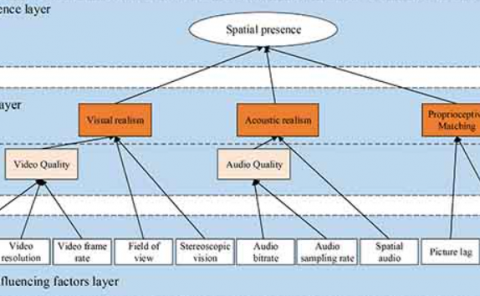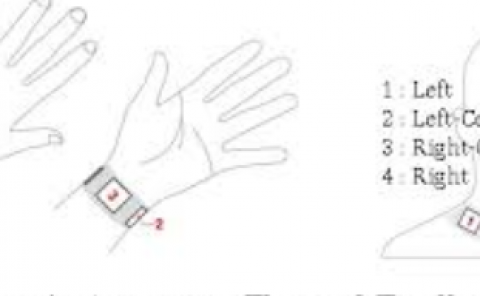Dynamic Pose Tracking Performance Evaluation of HTC Vive Virtual Reality System
PubDate: December 2020
Teams: University of Genoa
Writers: Mohamed Sadiq Ikbal; Vishal Ramadoss; Matteo Zoppi
PDF: Dynamic Pose Tracking Performance Evaluation of HTC Vive Virtual Reality System

Abstract
Virtual reality tracking devices are rapidly becoming the go-to system for cost-effective motion tracking solutions across different communities such as robotics, biomechanics, sports, rehabilitation, motion simulators, etc. This article focuses on the spatial tracking performance of HTC Vive’s lighthouse tracking system (VLTS) devices (tracker, controller, and head mount display). A comprehensive literature survey on the performance analysis of VLTS on the various aspects is presented along with its shortcomings in terms of spatial tracking evaluation. The two key limitations have been identified: in static cases, there is a lack of standard procedures and criteria, and in dynamic cases, the entire study of spatial tracking. We address the first by assessing VLTS using the optical tracking system standard specified by ASTM International, and the latter by revising the standards to determine the upper-velocity limit for reliable tracking. The findings are substantiated with the trajectories of human wrist motion. Each evaluation’s results are systematically analyzed with statistical hypothesis tests and criteria fulfillment. Comau NS16, an industrial serial robot, was used as the ground truth motion generator due to its repeatability and 6 degrees of workspace freedom. One of the major reasons for not having more generalized spatial tracking studies is that the tracking performance heavily depends on the configurations of the setup, work volume, environment, etc. Thus, the guidelines for configuring VLTS and the approach adapted from ASTM standards for evaluating VLTS for custom applications using our reported findings for both static and dynamic cases are included in the appendix.


